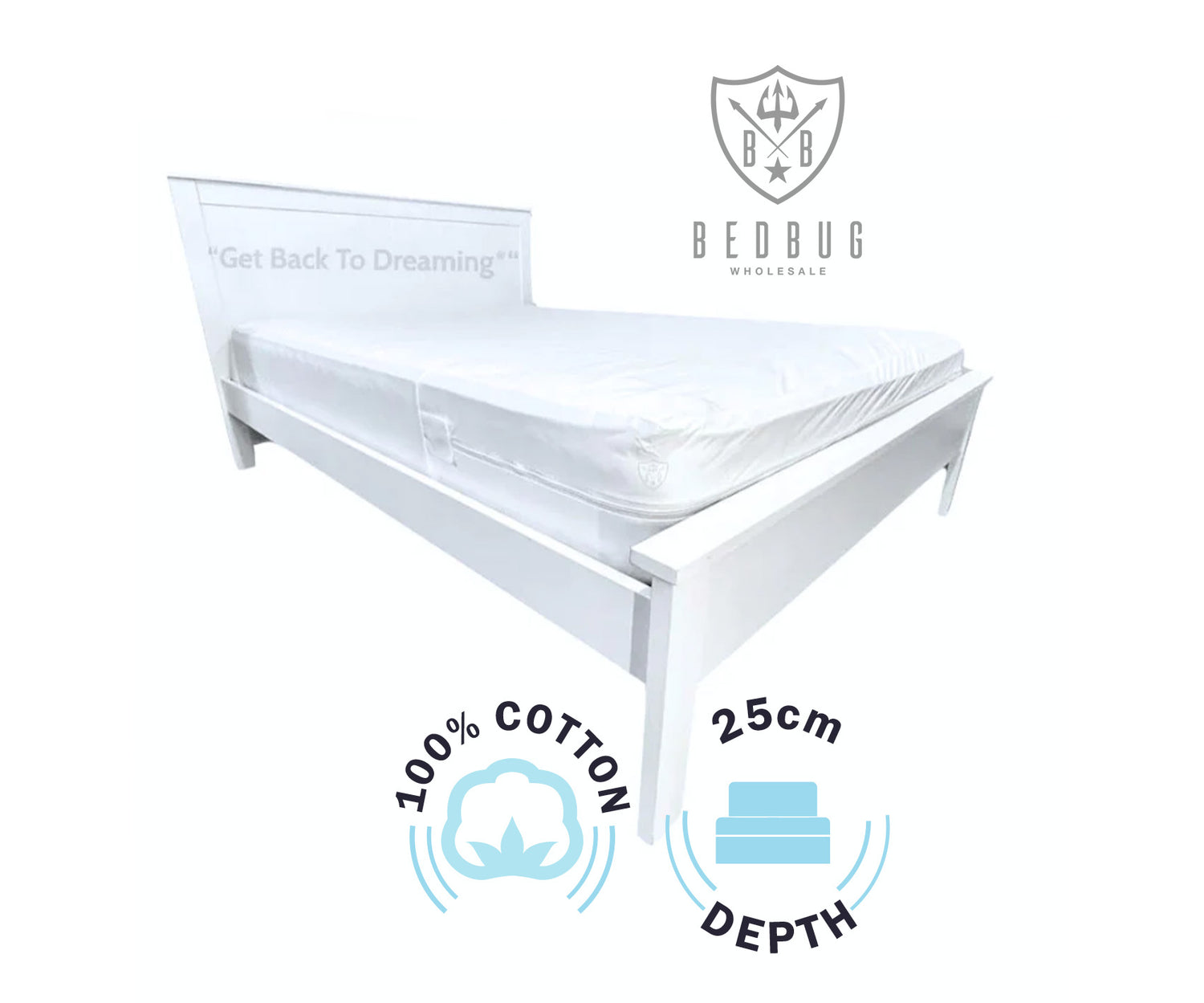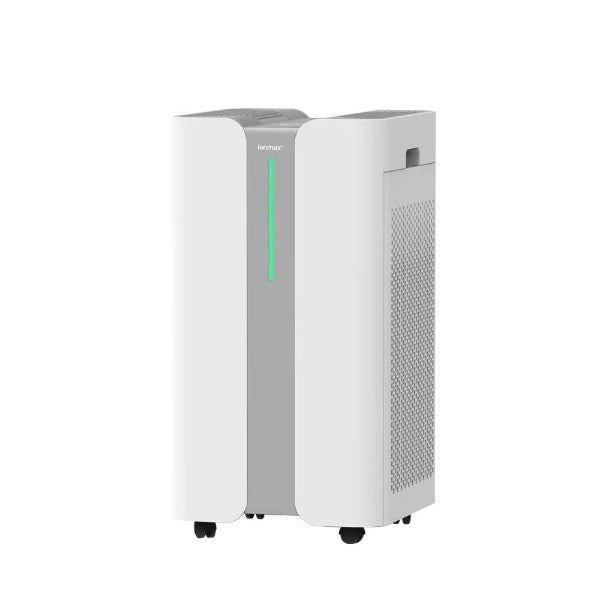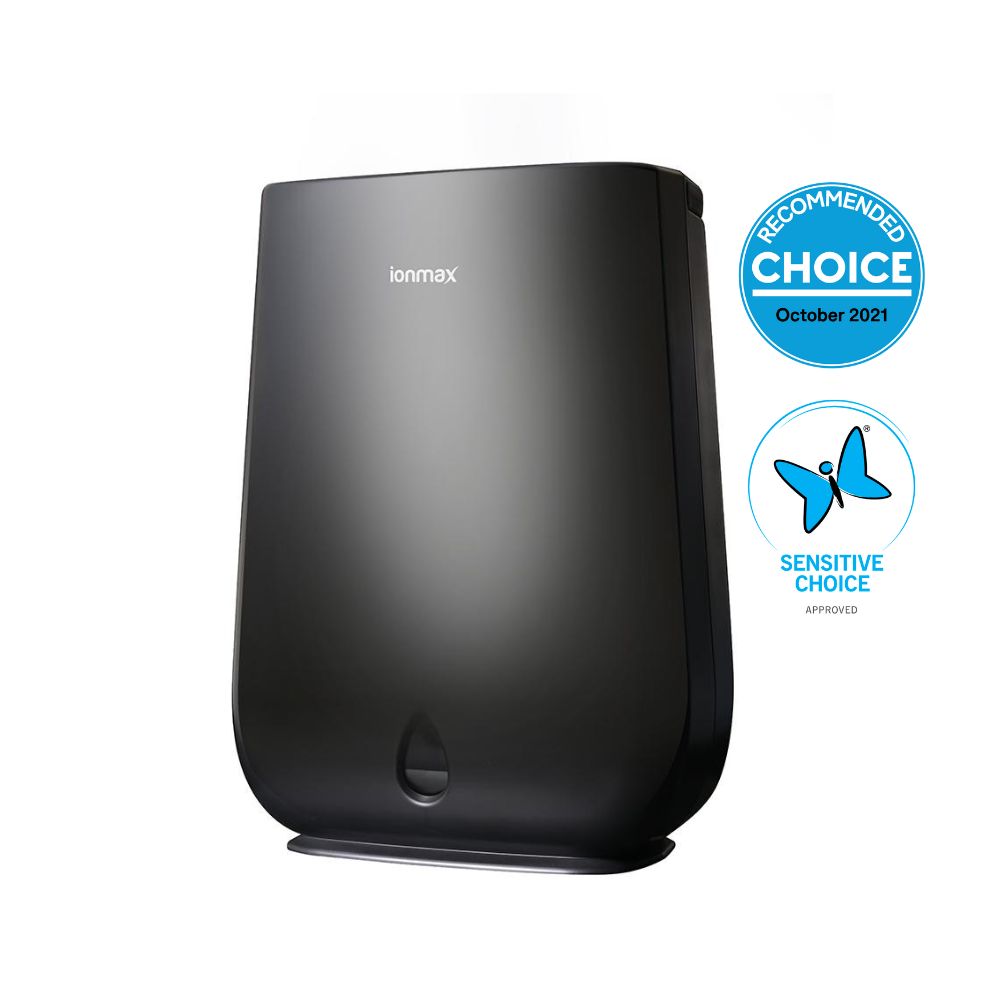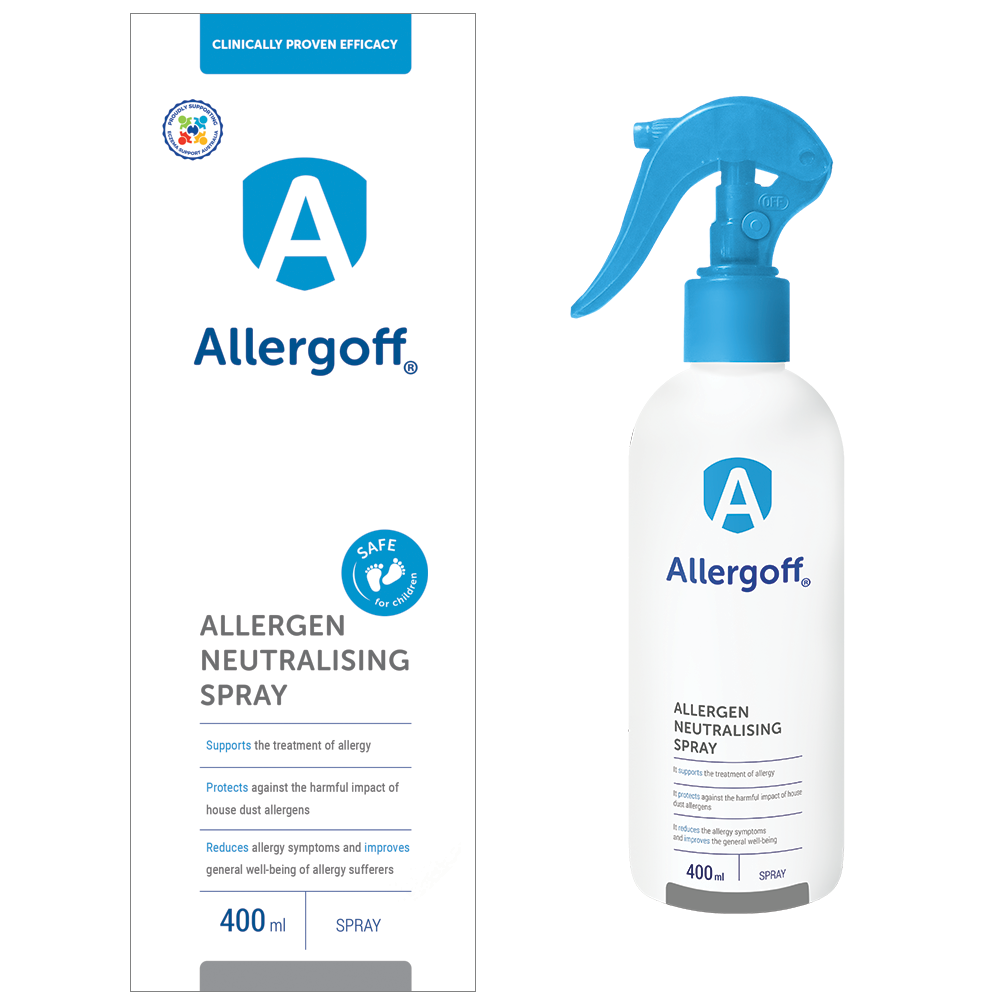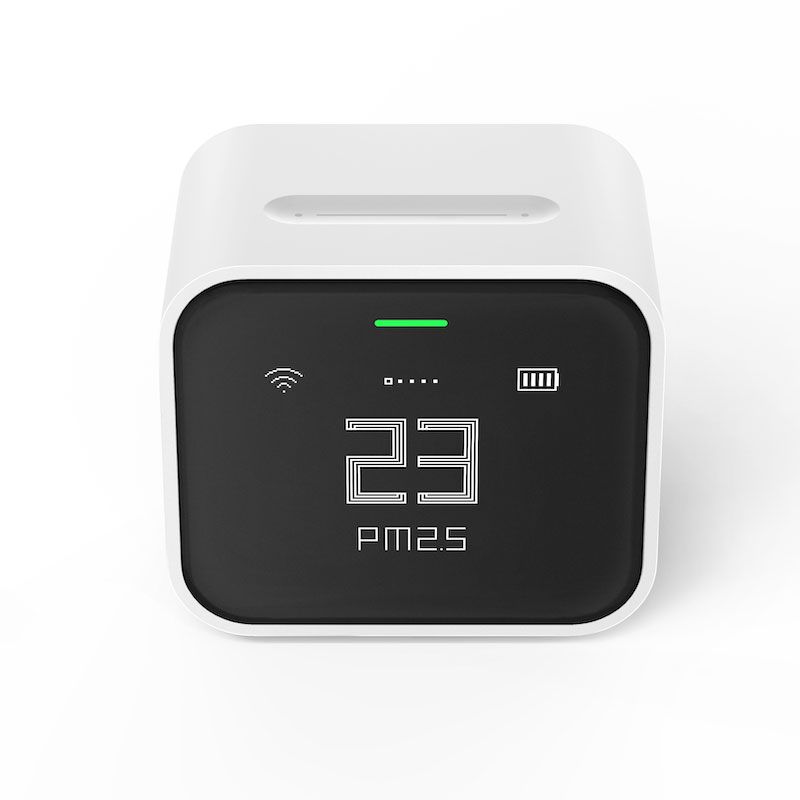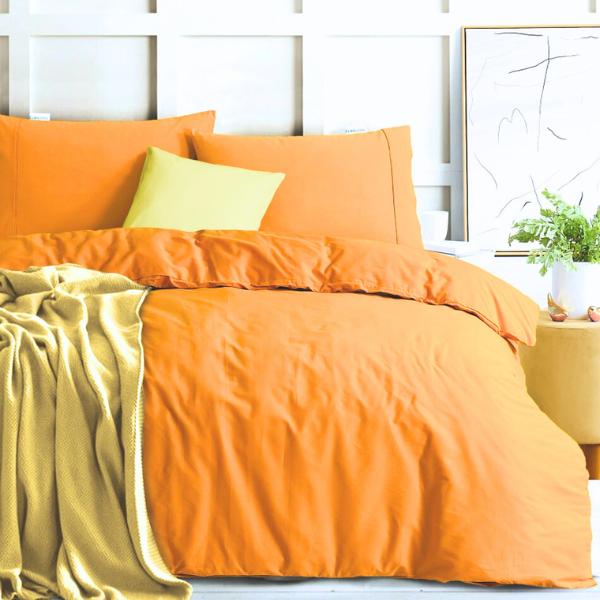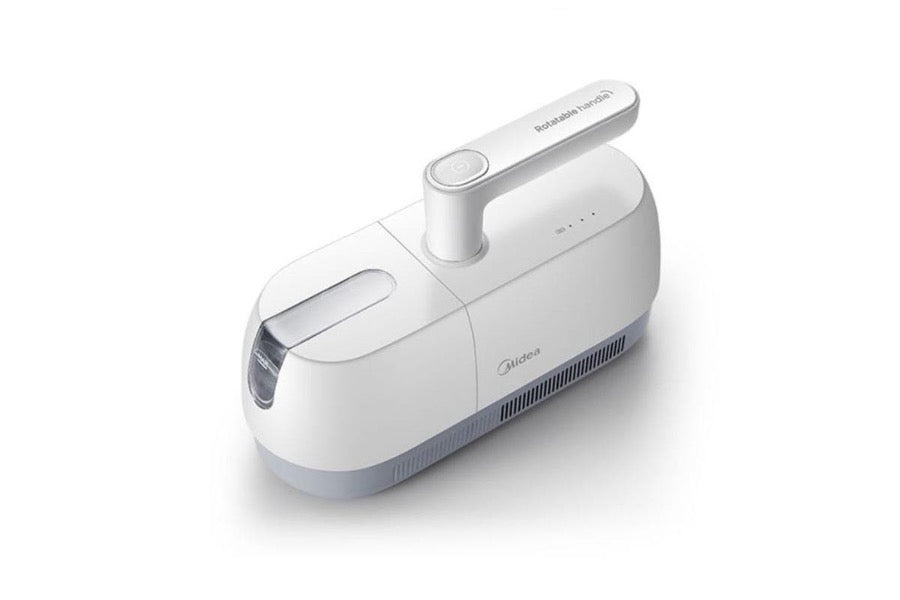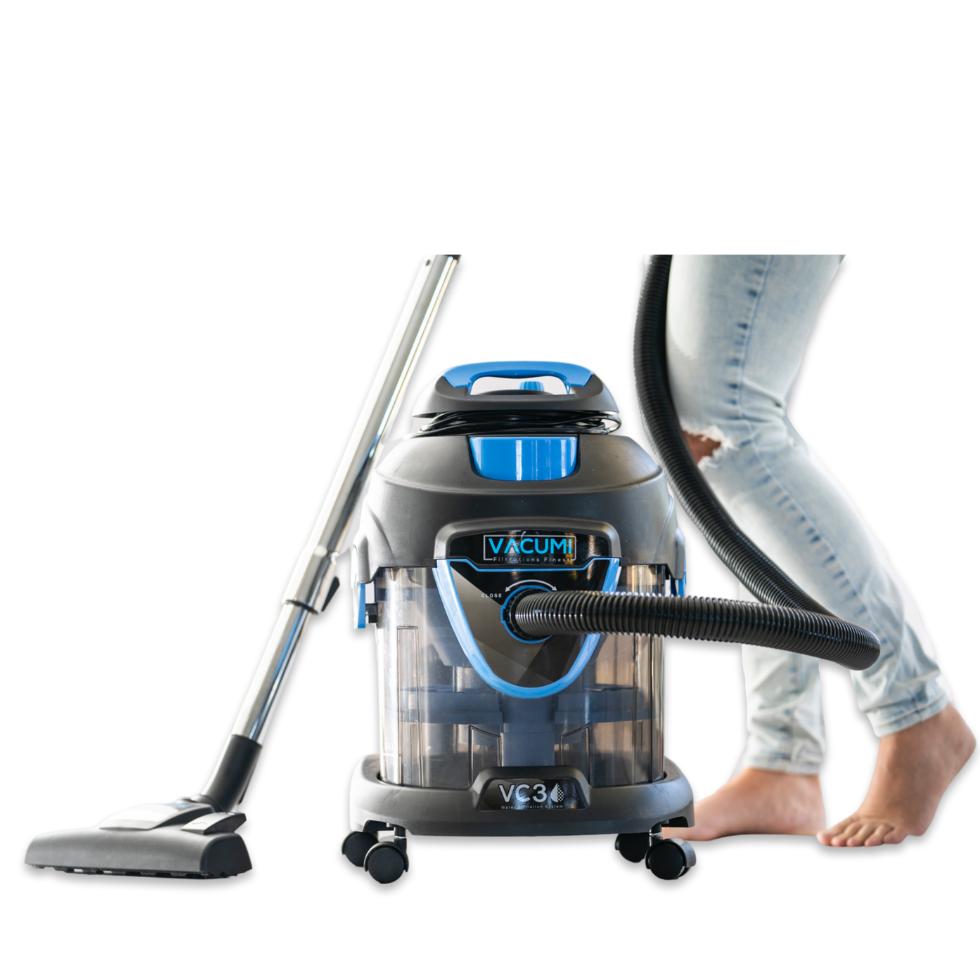After moving into a new home, I started to notice that my youngest daughter began experiencing frequent colds, nearly every week. She was consistently sniffling and having a runny nose, and for a while I could not figure out why she was getting sick so often and all of a sudden.
After our GP examined her, he suggested that it’s not colds she is dealing with, it is allergies and most likely dust mite allergies.
Dust mite allergies? I've never really come across allergies and had no idea what dust mites really are.
He asked us if we have carpets in our house. Yes, we do, most of the house is carpeted. Do we have curtains? Yes, we do. Do we live in a subtropical climate? Yes, we do. These three factors spell trouble when it comes to dust mite allergies.
Following his advice, we had her tested, which confirmed a severe allergy to dust mites.
What are dust mites and why are they a problem in carpets?
Dust mites are tiny bugs that thrive in warm, humid environments and feed on dead skin cells. They're a common allergen source within homes, particularly in carpets where they can live and breed.
Carpets vs hard floors when dealing with dust mite allergies
In an ideal world, every person who has dust mite allergies would get rid of their carpets, curtains, sofas and other soft furnishings and would stop struggling with allergies. However, a big change like carpets vs hard floors is a very expensive option and not always possible. So, how can we get rid of dust mites in carpets?
What causes the allergy?
Contrary to popular belief, the allergen is not necessarily the live dust mite, it is their feces and minuscule decomposed and broken body parts (Mayo Clinic). Therefore, while killing dust mites is part of the battle, the other part is removing these particles from the environment. Here are the tools that we found most helpful to get the job done.
Tools to get rid of dust mites in carpets
Vacuum Cleaner with a HEPA Filter: Vacuum at least once a week, and more frequently in high-traffic areas. Make sure your vacuum has strong suction, traps allergens and does not release them back into the air and has HEPA filters.
I use Vacumi, water filtration vacuum, and while it is bigger, it is excellent and doing those three things.
Steam Cleaner: Dust mites can’t survive in high heat. Anything over 60C is lethal to them. Steam cleaning is an excellent option when it comes to killing dust mites in carpet. There are various steam cleaners, from very cheap options to more expensive options.
While it comes at a higher price tag, the Italian made Saphira 8 dry steam cleaner is an excellent choice for carpet cleaning. Please do check a small patch first and do make sure that it doesn't leave more moisture behind. Choose dry steam cleaner to make sure it dries fast.
Dust Mite Spray: There are products specifically designed to eliminate dust mites, which you can apply to your carpets. These often contain allergen-neutralising compounds. Always follow the manufacturer's instructions for application and safety.
Air Purifier: While air purifiers won't remove dust mites from carpets directly, they can help reduce airborne allergens, including dust mite particles.
Dehumidifier: Dust mites thrive in high humidity environments. Using a dehumidifier to maintain indoor humidity levels below 50% will make your home less hospitable to dust mites.
Washing Beddings and Rugs: Regularly wash all bedding, curtains, and any washable rugs in hot water (at least 54°C or 130°F) to kill dust mites.
For things that can't be washed, consider using a dryer on a hot setting for at least 15 minutes.
Anti-Allergen Carpet Treatments: Certain treatments for carpets are formulated to neutralise dust mite allergens. Try wet vacuuming your carpets with dust mite neutralising treatments.
How to steam clean carpets to get rid of dust mites
Ensure your steam cleaner is up for the job—it needs to hit temperatures over 93°C or 200°F to properly wipe out mites and their eggs. We recommend Saphira 8 dry steam cleaner.
Before you start, give your carpet a thorough vacuum. This step is crucial because it makes the steam cleaning process much more effective.
Once your steam cleaner is heated and ready to go, methodically work your way through the area, moving slowly to allow the steam to deeply penetrate the carpet fibers.
If your machine comes with specific attachments for carpets, definitely use them. They're designed to get deep into the weave of your carpet, ensuring those dust mites have nowhere to hide.
After steaming, let your carpet dry completely before walking on it or replacing any furniture.
On a sunny day, open the windows and turn on the fans to get the air moving. This might take a few hours, but it's an important step to prevent any mould growth, which can be another allergen source.
How often to clean carpets after getting rid of dust mites
To keep dust mites at bay, consider steam cleaning your carpets every few months, especially in humid conditions where mites thrive. Also, maintaining a lower humidity level in your home through dehumidifiers or air conditioners can make your living space less inviting for dust mites.
Regular vacuuming with a HEPA filter vacuum is also essential between steam cleaning sessions to minimise dust and potential allergens.
How to prepare the room before cleaning
- Declutter the area and move small furniture out of the way.
- Wipe down and dust all your fan blades, walls, skirting boards and corners.
- It’s essential to vacuum slowly and meticulously, allowing the vacuum to suck up as much dirt and debris as possible.
- Pay extra attention to areas that get a lot of foot traffic, as well as spots where dust tends to accumulate, such as under furniture, corners and along baseboards.


